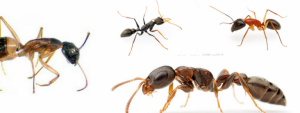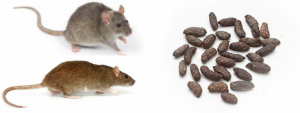Pest Control
Evolution can provide a Domestic or Commercial solution for all your general pest control issues.
Whether its cockroaches, ants, spiders, rodents or fleas.
We think of pest control as a serious issue, so we take the care to follow current legislation regarding the types of chemicals we use to do the job successfully.
Every pest control job is different, so we will take the time to gain an understanding from our customer what the issue is. We will always be aware of surroundings during a Pest control application. We take care to ensure residents including children and pets are safe. Ideally away from the property for a short period.
During the Pest control treatment, we will use a variety of measures to help eradicate the problem. We will carry out an internal perimeter spray with a residual pesticide, we will use bait gels for cockroaches in Kitchen and bathroom cupboards. We will also use dusting techniques for all cracks and crevices in the property.
With external treatments, we will again do a perimeter spray with a residual pesticide to the base of all property walls. We spray around all window and door recesses, as well as under the eaves. (Low set properties only). We will treat outdoor entertaining and play areas to ensure no unwanted insects are hiding. All of these processes take into account the health & safety of our customers.















